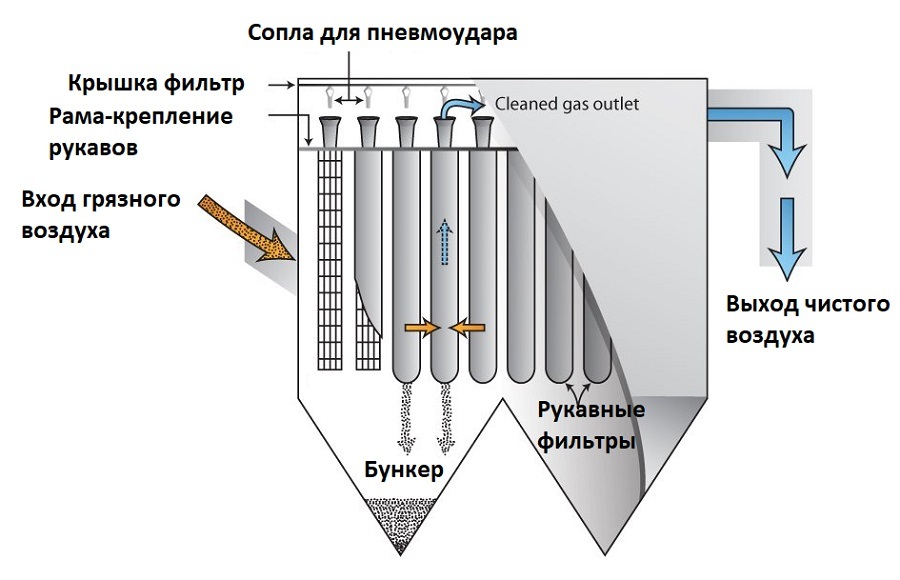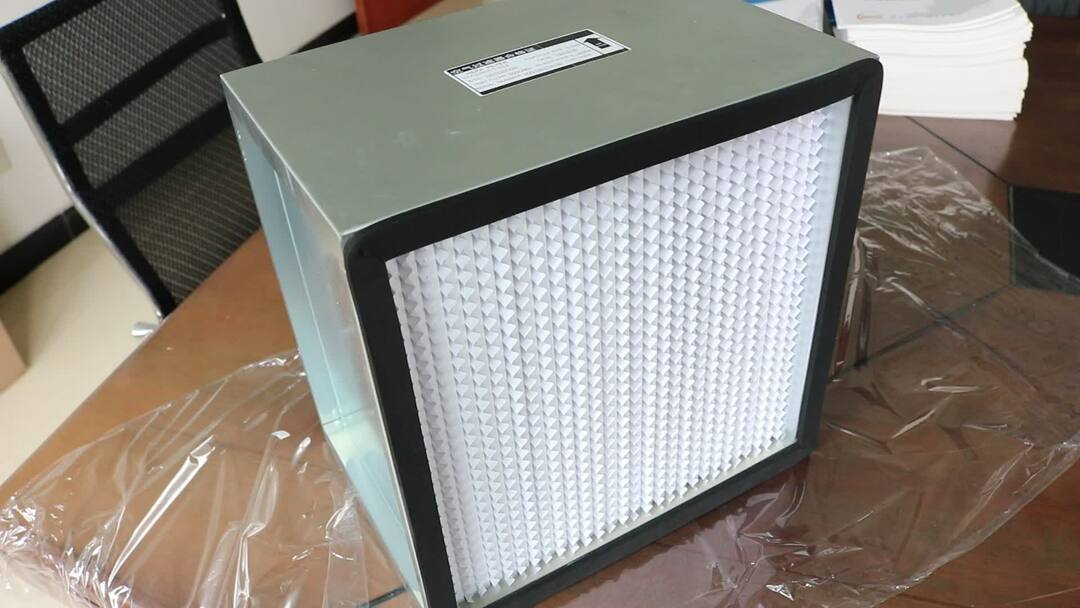The presence of forced ventilation in the kitchen or bathroom is a common thing in a modern apartment. But with improperly organized air exchange, there is a risk of fogging windows, mold, lack of oxygen and other undesirable moments. To avoid this, it is necessary to install a hood with a check valve or a similar technical solution.
It is not difficult to do this, the main thing is to understand where and in what cases an obstacle to reverse thrust is needed. Here knowledge of the norms of ventilation of residential premises and the basics of the physical law of air movement will help.
From this article you will learn what designs of check valves exist, where they are best used and where to place the ventilation system. The installation itself is quite simple, but there are nuances that it is better to familiarize yourself with in advance, then self-installation will be easy and air exchange will be hassle-free.
The content of the article:
-
Ventilation in an apartment or house
- Standards and regulations
- Artificial and natural air exchange
-
Check valve installation
- Position in the ventilation system
- Principle of operation and design
- Mounting the device to the hood
- Useful video on the topic and conclusions
Ventilation in an apartment or house
Air exchange in an apartment or house, on the one hand, must comply with the norms established for residential buildings, and on the other hand, it is subject to the laws of physics. Therefore, it is not always possible to get by with trivial solutions and sometimes it is necessary to install a check valve designed to pass the flow in one specific direction.
Standards and regulations
The main document that you need to be guided by when designing ventilation both in an apartment and in a private house is SP 54.13330.2016. This is an updated version of SNiP 31-01-2003 “Residential apartment buildings”. The scheme of air movement through a residential building of any layout should be drawn up based on the provisions of paragraphs. 9.6 and 9.7 of this set of rules.
Table 9.1 sets the air exchange rates for different types of rooms. Designers and commercial property owners are required to strictly adhere to these parameters.
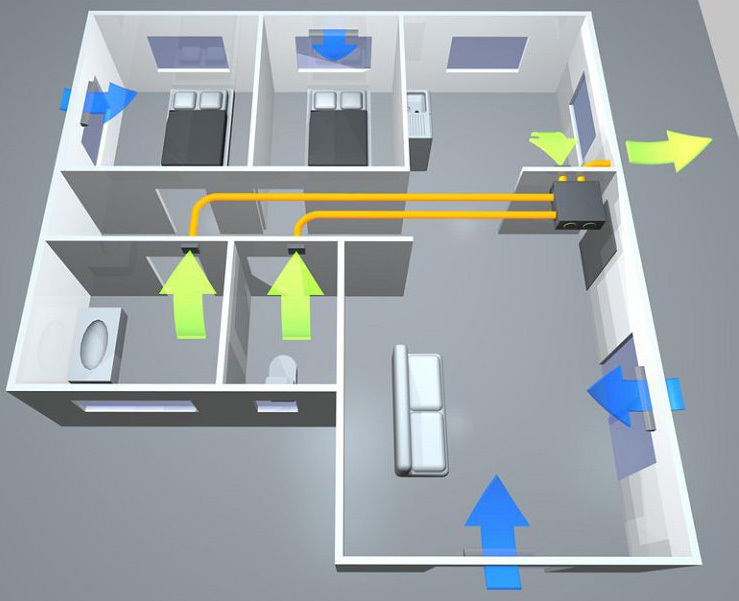
The inflow of outdoor air should take place in the living rooms and the kitchen, and the outflow from the kitchen, bathroom and technical rooms.
Residents can install ventilation with a lower throughput, focusing on the microclimate indicators:
- Humiditythat can be measured with a hygrometer. Air saturated with water leads to the formation of fungus on the wallpaper and ceiling, as well as smudges on the windows.
- Carbon dioxide, the concentration of which can be measured with a gas analyzer. Without the device, the lack of oxygen can be clearly felt immediately upon entering the room from the street.
Air circulation can be natural or forced. It depends on many factors, including area, number of storeys, location of rooms and technical premises.
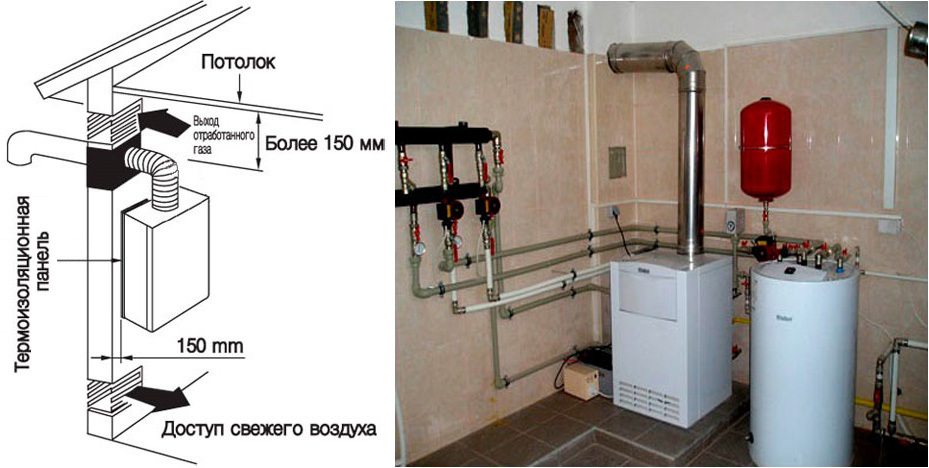
The ventilation system of the gas boiler room is autonomous. According to safety requirements, it cannot be combined in any way with the air circulation inside the house.
Thus, in any housing there are points of inflow and removal of air, and the situation is unacceptable, when an outflow occurs through the inlet, and air flows through the ventilation shaft masses.
This leads to a violation of sanitary-hygienic, fire-prevention and other standards and can seriously worsen living conditions.
Artificial and natural air exchange
Sometimes a situation arises when it is necessary to forcibly remove air from the following rooms:
- Kitchen. Violent evaporation can occur when cooking food. To prevent it from spreading through the kitchen and further to other rooms, an extractor hood is installed above the stove. Its work allows polluted air to be directed directly into the ventilation shaft.
- Bathroom. When taking a shower, the air is saturated with water vapor. To quickly remove it, turn on the ventilation unit, since otherwise the appearance of mold or the peeling of plastic and tiles will occur much more intensively.
- Workshop. Mud is often generated during carpentry or other work, which can be harmful to human health. For this, fans or hoods are started, which are located near the source of pollution.
The activation of forced ventilation is temporary, as it consumes a lot of electricity and creates noise during operation.
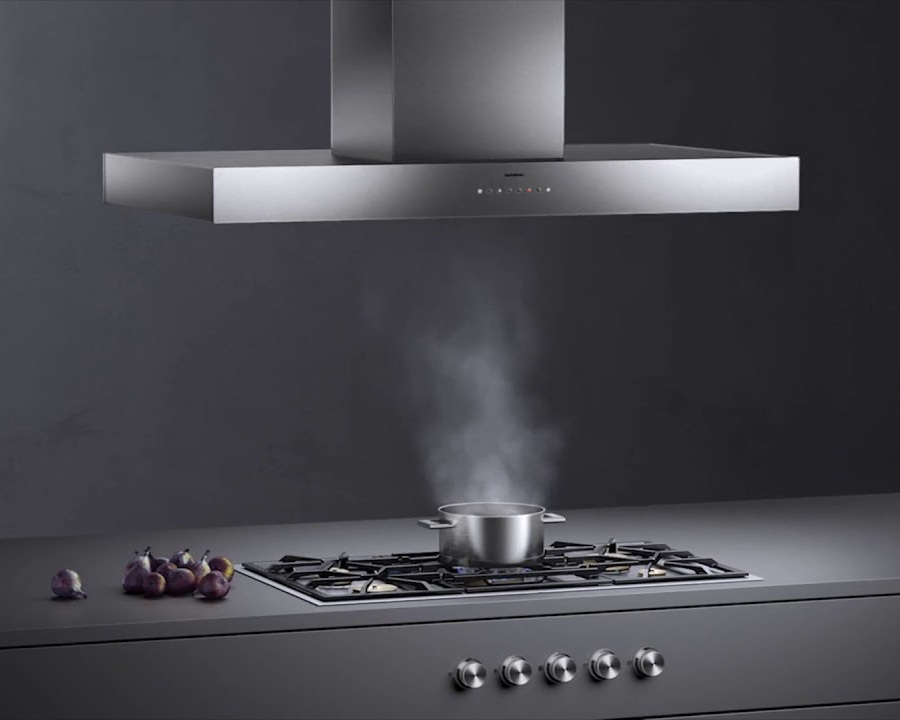
A powerful hood is capable of taking in all the air above the stove, but when it is turned off, it does not let air into the ventilation duct at all.
After the introduction of devices for forced ventilation, there is a problem with the natural circulation of air through the obstacle that has arisen. If an ordinary vane fan still somehow passes the air flow, then the hoods, as a rule, minimize the passage to unacceptably low rates.
Stopping natural circulation can cause local problems in the room. For example, high humidity will appear in the kitchen and windows will "flow" in winter. But even worse, the air movement around the house will be disrupted, which will affect all rooms.
The installation of the hood can have another negative consequence if this device is integrated into the general duct ventilation. Air exchange obeys the law of maintaining balance: at any moment of time, the amount of incoming and outgoing air is the same.
From this it follows that an increase in the pressure at one of the points leads to a change in the readings at the others. The main thing here is to exclude the possibility of flow reversal.

An increase in the power of the air flow leads to a redistribution of pressure inside the duct ventilation. In the absence of check valves, reverse is possible.
To solve both problems, set check valve. Taking into account the fact that modern air ducts for residential premises have standard dimensions, independent installation of such an element is not very difficult.
Check valve installation
In order for the check valve to perform well the functions assigned to it, it is necessary to correctly select its type and place for installation, as well as to carry out the installation correctly. All this can be done independently without the involvement of paid installers.
Position in the ventilation system
Let us consider the situation when the inclusion of forced air exchange changes the direction of flow in the duct ventilation system. Take a common case where extractor fan in the kitchen and a shower fan are connected to one ventilation shaft.
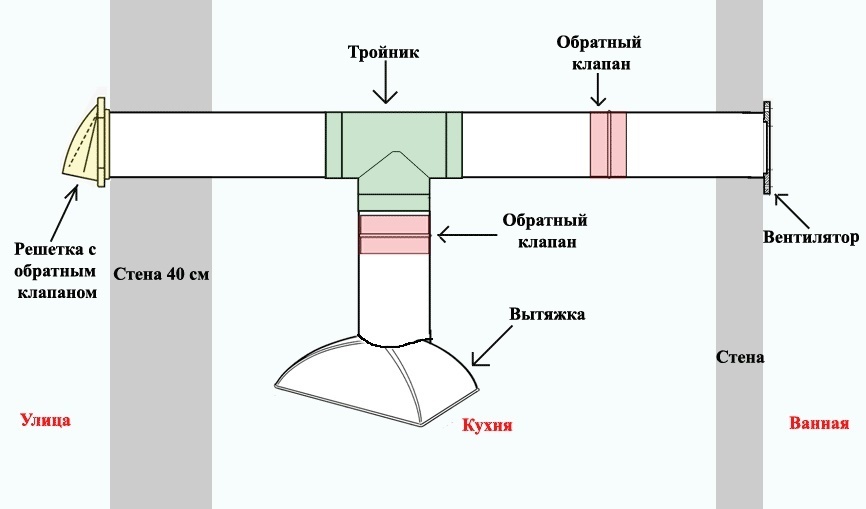
The classic layout of check valves in an apartment with one ventilation outlet. With this solution, the occurrence of reverse thrust is impossible.
If the topology of the ventilation ducts is more complex, then the rule for placing the check valve can be to formulate as follows: the valve is installed after each point of air entry and to the nearest branch channel. The exact location is not important, it is chosen based on the ease of installation. This solution ensures that there is no backdraft for any combination of hoods and fans on.
In order to provide an opportunity for air outflow from the room when the hood is not working, they make a branch from the channel. It must function so that the flow is only in the direction of the ventilation shaft, therefore it is equipped with a check valve.
Since it is possible to install the valve on the channel near the hood at different angles, it is necessary to understand that the branch should not be an obstacle to the movement of air. The high flow rate combined with the additional resistance will put stress on the fan motor and contribute to noise generation.
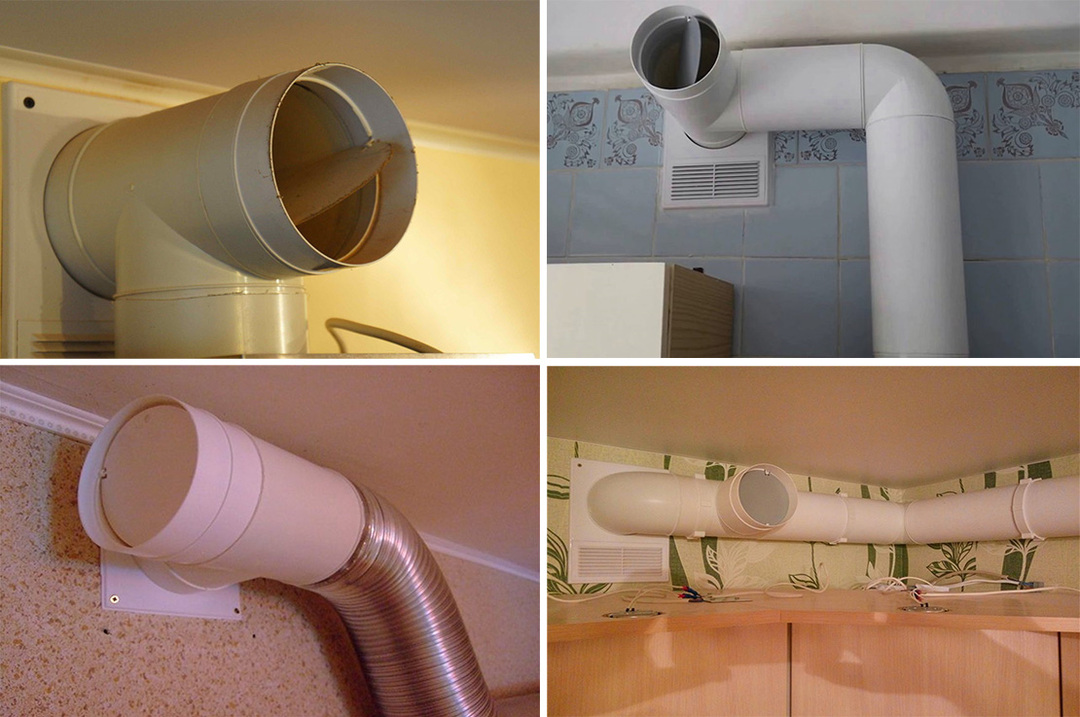
The check valve can be installed in different ways. The photographs shown show the most common options for correct installation of this device.
A branch with a valve can be installed anywhere from the hood - this is not a matter of principle. Most often, it is placed near the mine, since it is possible to replace the angle with a tee without changing the length of the remaining elements of the ventilation duct.
Principle of operation and design
The non-return valve is designed for one-way passage of the air flow, during the reverse of which it must tightly close the free section of the channel.
There are 4 common types of execution of such devices:
- Membrane. A small force of air flow can change the position of the flexible membrane. This type is used with natural ventilation. Sometimes the section near the membrane is reinforced with several stiffening ribs, which avoids the bending of the plate when there is a strong back pull from the hood.
- One-leaf gravity. Under the influence of the flow, the deflection of the rigid valve leaf occurs. If there is a reverse or duct air velocity is close to zero, the sash closes under the influence of gravity. Such a system is used both with natural ventilation and inside the canal.
- Double-leaf spring. The butterfly type has two flaps and is similar in principle to the gravity model, except that springs are responsible for closing the valve, not gravity. This type is used inside the channel, since it will be difficult for a weak flow to overcome the resistance of the springs.
- Blinds. This is a modification of the single-leaf gravity version, with only a few leaves. It is used as an external element of the ventilation system, since it has a compact size when open. Its device is more complex, so it is better to limit yourself to the previous three options.
The cost of the check valve is not high, therefore, in the case of standard sizes of the ventilation system, it is better to buy a shaped element with the function of one-way air flow.
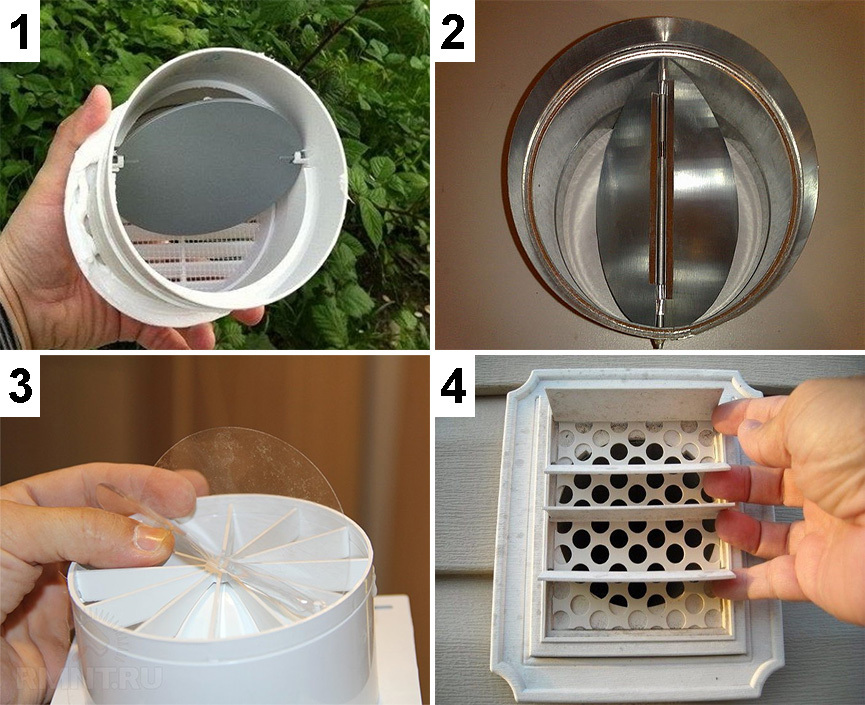
The main types of check valves: 1 - gravity; 2 - butterfly; 3 - membrane; 4 - blinds. There are other design solutions, but the options shown are the most popular due to their simplicity and reliability.
If the parameters of the ventilation duct are of non-standard proportions, then it is easier to independently make a membrane or single-leaf valve for it. A rigid sash is usually made of plastic or metal.
In this case, two points must be taken into account:
- the plate must fit snugly against the walls of the case or the fixing protrusion to prevent the passage of air;
- it is necessary to exclude the knock of the plate, therefore soft material is glued to the edges of the case, usually rubber.
The membrane for a homemade valve can be made from thick paper. If the product is made for a bathroom or shower room, then it is better to use lavsan film, as it will last longer in high humidity conditions.
Mounting the device to the hood
If the ventilation duct is made independently, then it is difficult to give general recommendations for installing a check valve, since its installation depends on the material and geometry of the air ducts.
But now, usually, to create ventilation, standard solutions of a rectangular or round shape are used. In this case, there are no problems with the introduction of an additional element into the system, since it is possible to correctly put the check valve on the channel near the hood in a way that is standard for all structural details.
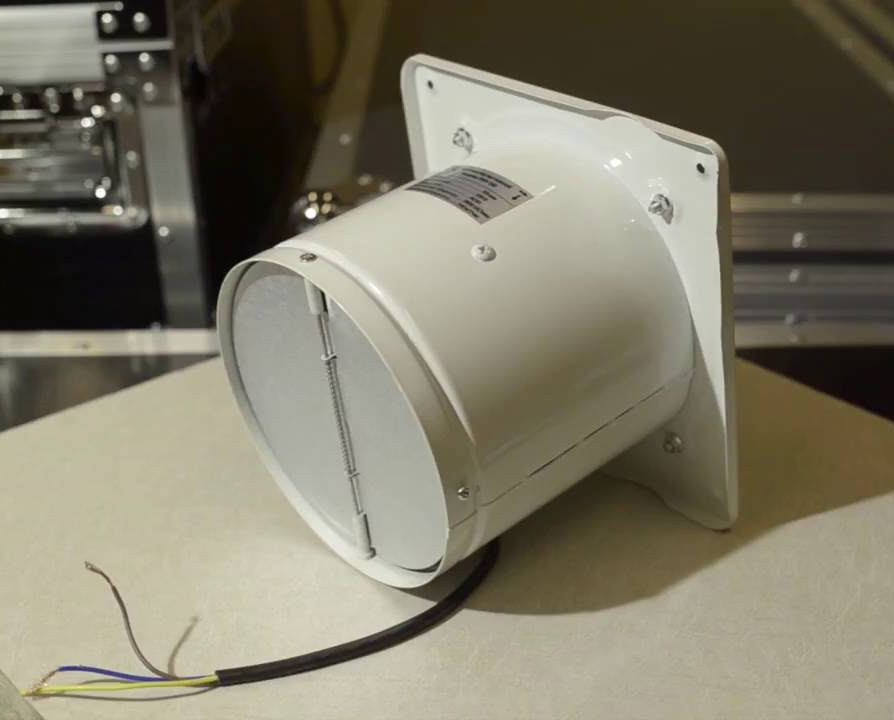
Sometimes hoods and fans are immediately equipped with a valve. In this case, the device is already protected against the penetration of air from the ventilation duct.
Fasten the shaped element with a non-return valve in a place that provides easy access to it. The closing mechanism may lose its tightness, then it will need to be cleaned of adhering dust and dirt. And for this it will need to be removed.
The joints between the tee or a section with a check valve and other elements of the channel are coated silicone sealant (for plastic boxes) or wrapped with aluminum tape (for metal designs).
The use of highly adhesive substances is undesirable, as this will complicate the analysis of the structure for preventive maintenance or changing the configuration of the ventilation system.

The non-return valve does not have to be incorporated into the duct ventilation. The method shown in the figure can also ensure the correct functioning of natural air exchange.
The grille is mounted on the ventilation shaft using self-tapping screws. The option with liquid nails is less preferable due to the difficulties in removing this element.
Particular attention should be paid to sealing the joints with foam rubber or rubber, otherwise there will be little sense in installing a grill with a check valve.
Useful video on the topic and conclusions
The classic solution for installing a check valve on a tee in front of the ventilation shaft:
Built-in butterfly valve in the hood and additional valve for natural ventilation:
How to make a homemade membrane valve:
Installing a non-return valve is a necessary measure if there is an exhaust hood in the ventilation system. It can be used to prevent backdraft or to circulate air when the fan is off.
The place for installing the valve in the ventilation duct should be chosen taking into account the prospects for its removal for cleaning. The installation process itself is simple, but it is important to properly seal the joints in order to avoid air seepage.
Do you want to share your own experience in the selection and installation of a check valve on an exhaust duct? Do you have any useful information on the topic of the article? Please write your comments in the block below, post a photo and ask questions.
